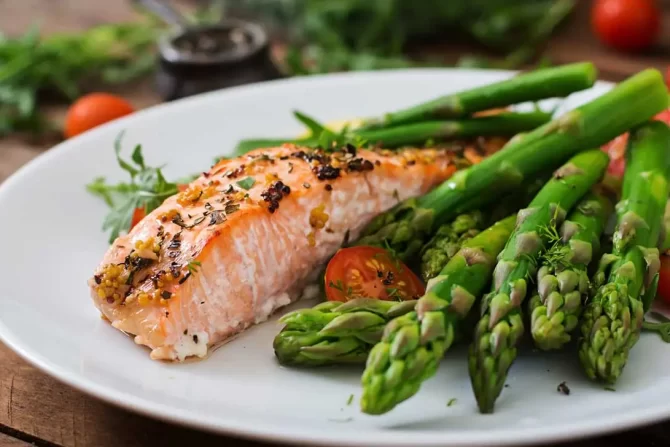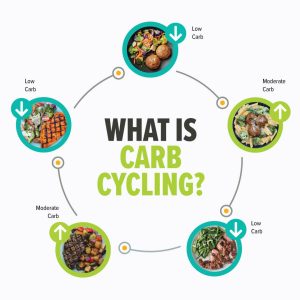
Carb Cycling to achieve great Fatloss process
Table of Contents
Carb Cycling with Low-carb diets
Low-carb diets can be a great choice when it comes to reducing body fat or lowering insulin levels quickly. Unfortunately, many people can’t tolerate lack of carbs very well, often end up quitting altogether or going off plan at just the wrong time.
One alternative is carb cycling. Carb cycling is when you rely more on fat and protein, saving carbs for the most opportune times. The key point is that by limiting carbs in favor of protein and fat, you can transform your metabolism.
A common trend among those who consistently eat higher carb diets is higher insulin levels. High insulin shuts off fat burning and shifts your body into “storage” mode and makes weight management difficult. If you have an excess of calories, which is especially common with foods that are high in refined carbs, you’re more likely to gain body fat. Carb cycling can help solve these problems.

Carb cycling also depletes muscles of glycogen – the storage form of carbs in the body. As a result, the carbs you eat during your high carb meal(s) are stored as glycogen, not fat. Carb cycling also maintains insulin sensitivity, and helps keep your thyroid working like clockwork.
-
Eating protein and fat during the day and adding carbs at night is a popular approach to carb cycling. Protein and fat stimulate energizing neurotransmitters and have an appetite-suppressing effect.
-
Save higher carb foods for dinner time which will help lower cortisol so that you can get a good night’s sleep. The stress hormone cortisol is an insulin antagonist, which means that when you eat carbs and raise insulin, cortisol goes down.
-
Design your meals around a high-quality protein and healthy fats for breakfast, lunch and any snacks. Higher carb foods can be taken at dinner.
-
Take higher carb foods on days you train to promote athletic performance and faster recovery. Carbs are a vital part of recovery from intense training.
At the extreme level is a keto diet. Keto diets radically decrease carbs so that they supply 5% or less of your total calories from carbs. A keto diet shifts your body from relying on glucose for energy to burning ketones, which are a byproduct of fat metabolism. As you reduce carbs in favor of fat and protein, insulin levels drop, which helps with increase fat burning.
Timing for Carb cycling
The timing of your higher carb meal will depend largely on physical activity and goals. Individuals with a sedentary lifestyle, or who exercise only 2-3 days a week will likely benefit from a higher carb meal once a week. For more active individuals, or are training regularly, a higher carb meal every 3 to 5 days is preferred. Determining the ideal schedule for you takes some experimentation. The goal is to be able to achieve and maintain optimal body composition and feel energized.
![]()
It is always worthwhile choosing healthy, whole carbs over processed carbs.
Increase your fat intake if you are having trouble adapting to a lower carb diet to help the body burn fat instead of relying on glucose.
Plan when and how you will eat to optimize metabolic response for better body composition, less preoccupation with food, and fewer cravings.
